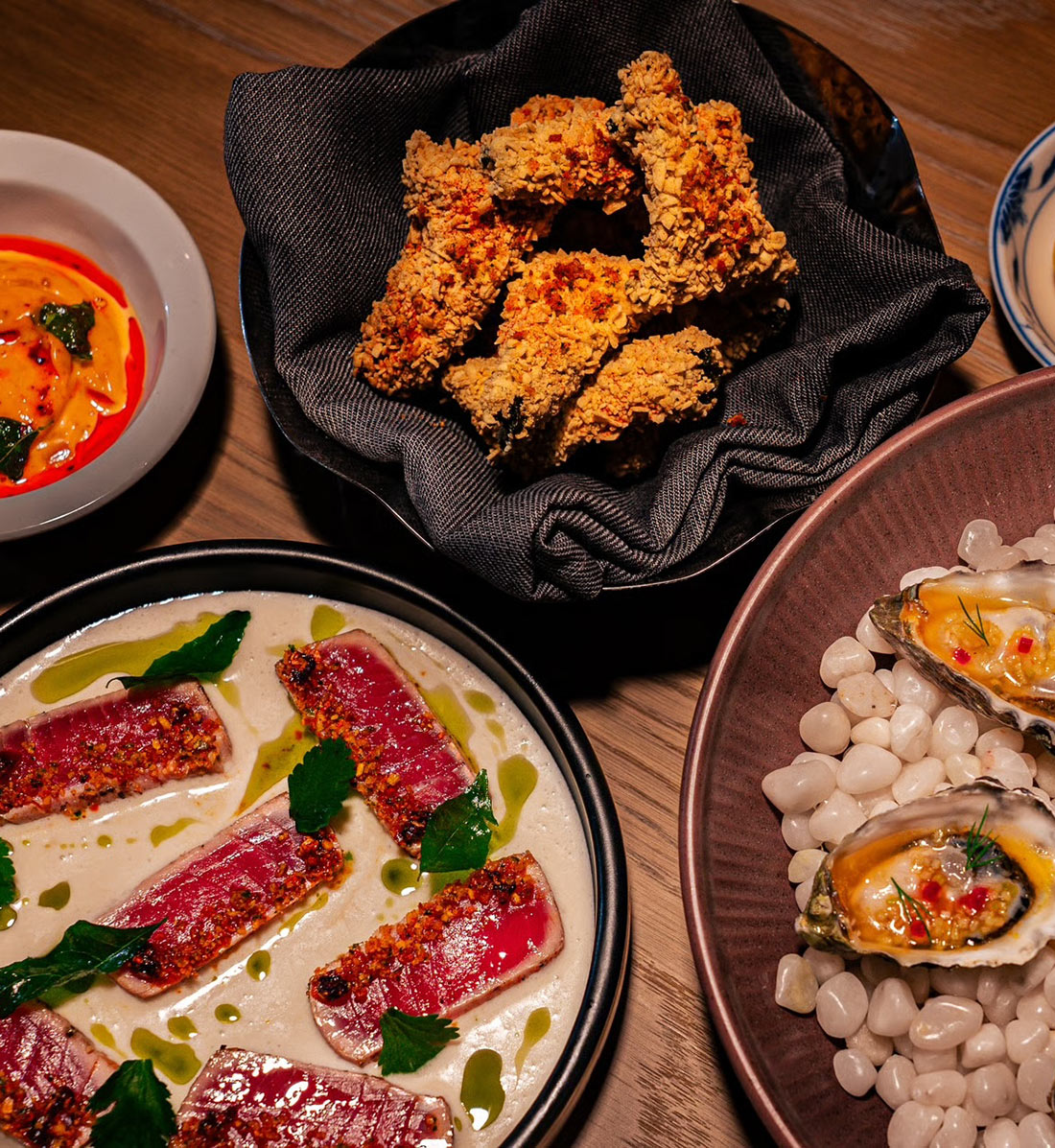In early June before the start of the wet season, Oaxaca stirs with anticipation. The rains wash away the finely settled dust of a stifling three-month stretch and replenish underground aquifers. In a matter of days, the Central Valley’s rolling hills turn from beige to green and pricky pear cactuses erupt into fuschia across the mountainsides. For many Oaxacans, the rains also signal the start of the fleeting chicatanas season.
In Oaxaca, chicatanas, or flying leaf cutter ants, arrive for just a single day or two after the season’s first torrential downpour in early- to mid-June. Consumed since the pre-Hispanic times in several states of Mexico but most notably in Oaxaca, chicatanas are prized for the savory, fatty, umami flavor and crunch they add to salsas and moles. As they emerge from the ground, fleeing the soaked earth and their flooded nests in search of new shelter, many Oaxacans rush to gather these round-bodied winged insects. Some harvesters swear by plastic bags to catch the flying insects mid-air, while others collect chicatanas by hand, loading their rotund bodies one-by-one into a container while taking care to avoid their painful bite. Next, they’re toasted on the comal, the flat ceramic griddle that’s typical to Oaxaca, to smoke the wings off and prepare them to be packed and sold or enjoyed.
Oaxaca is no stranger to edible insects. On menus and in markets across the city, insects like chapulines, or grasshoppers, and gusano de maguey, or agave worms, are regularly found, whether atop order of guacamole at a casual comedor or on a tasting menu at one of Oaxaca’s culinary institutions. Yet chicatanas are prized above the rest, both for their ephemeral season and their richness of flavor.
Entomophagy, the practice of eating insects, has taken place all over the world for centuries and is a pre-Hispanic practice in Mexico. Chicatanas were an important part of Mesoamerican diets, providing vitamins, minerals, essential fats, and protein.

Today, chicatanas are more of a cultural touchpoint and seasonal treat than an essential source of nutrients. Their fleeting season makes harvesting, cooking, and enjoying chicatanas a ritual that communities look forward to each year. But in recent years, chicatanas are no longer being enjoyed in the same quantities they once were. Climate change, fertilizers, physical intervention that destroy the nest, and the commercialization that’s driven up their price mean that some Oaxacan communities are losing the ritual of eating chicatanas. As a consumer, there are a few responsible ways to enjoy these fatty, crunch, umami bites.
For the fortunate individuals who are in Oaxaca during the summer months of June, July, and August, ask about mole de chicatanas at restaurants like Teocintle-Tika'aya, One MICHELIN Star Levadura de Olla Restaurante, and MICHELIN Bib Gourmand Tierra del Sol. In Mexico City, Two MICHELIN Star Quintonil features them on the menu, and if you’re stateside, consider ordering a tin from Masienda, a sustainable Mexican provisions company which offers small quantity of chicatanas each year and publishes sourcing reports for all of their products.

Hero image: Dante / Adobe Stock
Thumb image: Ursula / Adobe Stock





















